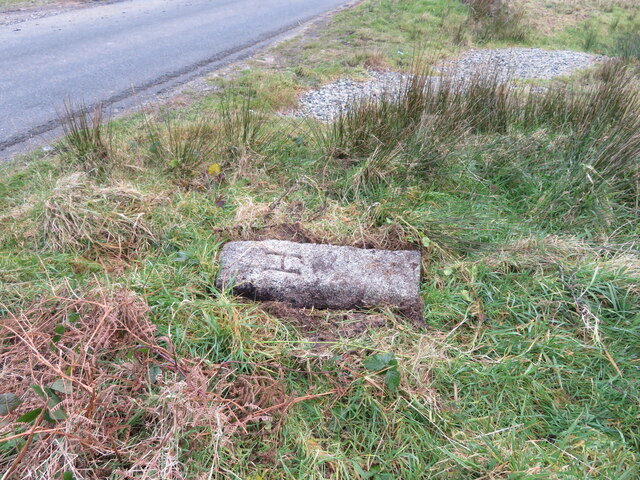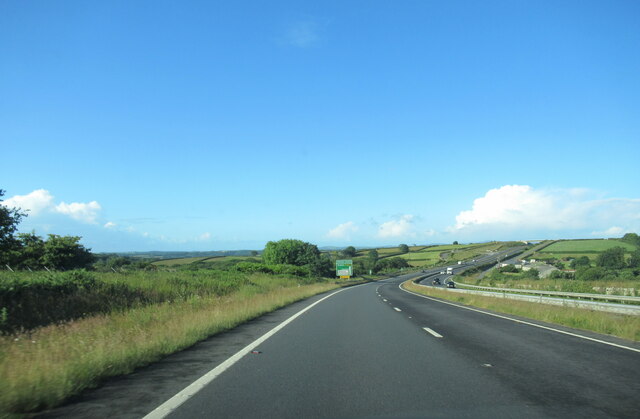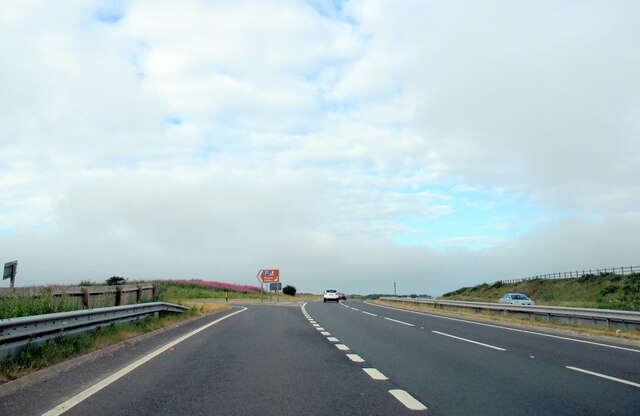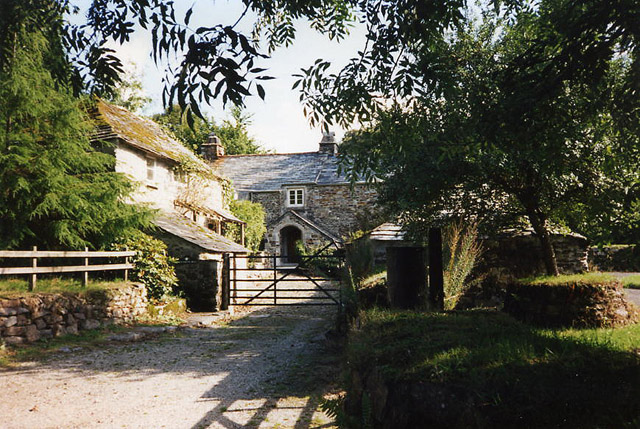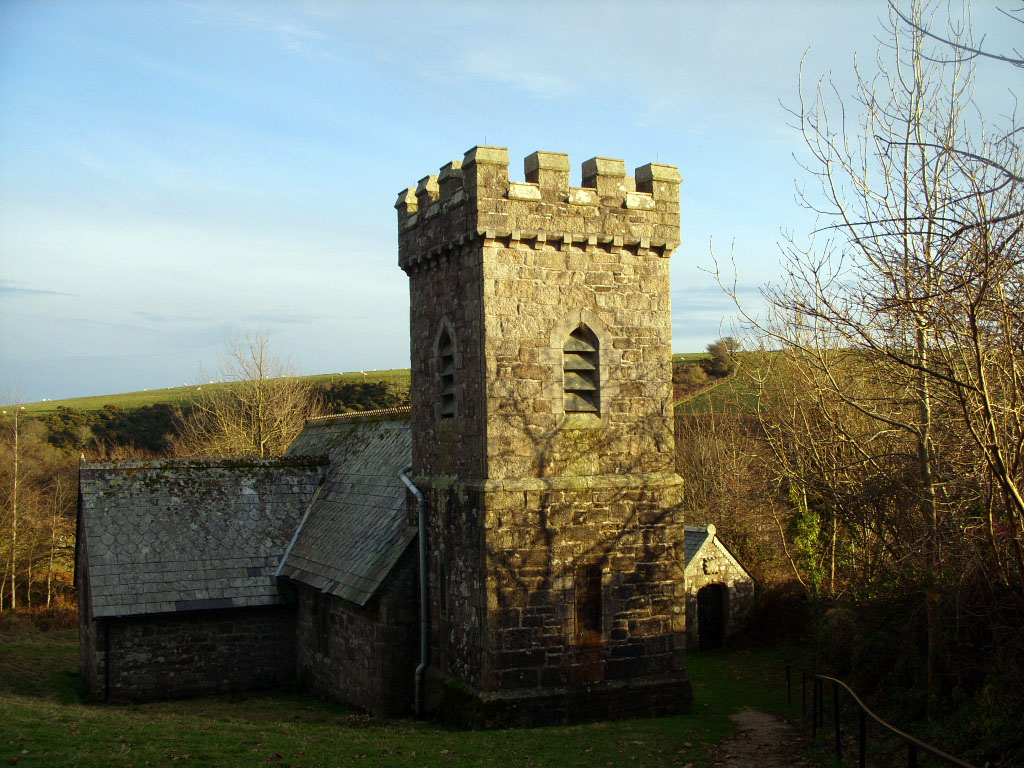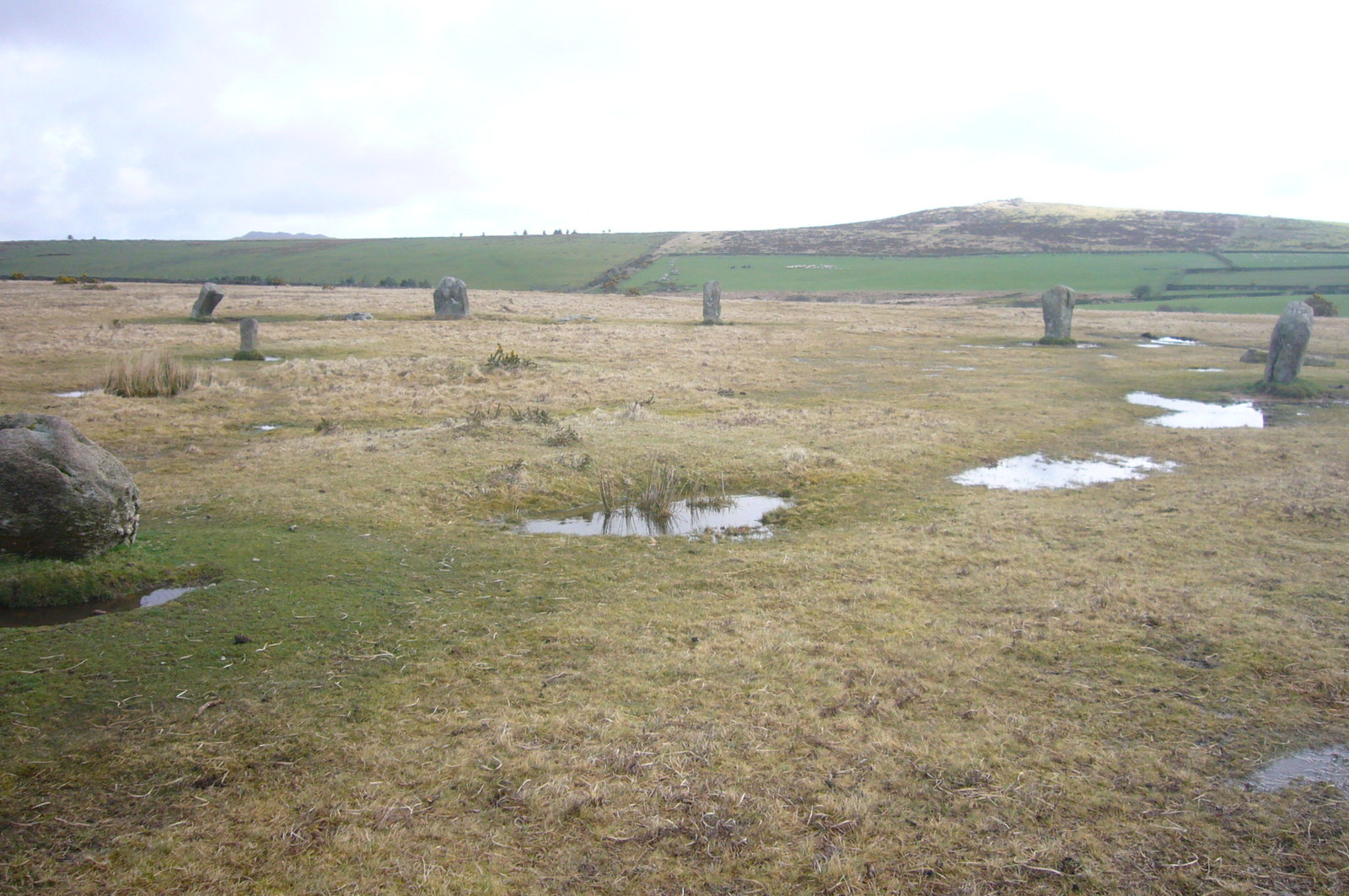Trehudreth Downs
Downs, Moorland in Cornwall
England
Trehudreth Downs
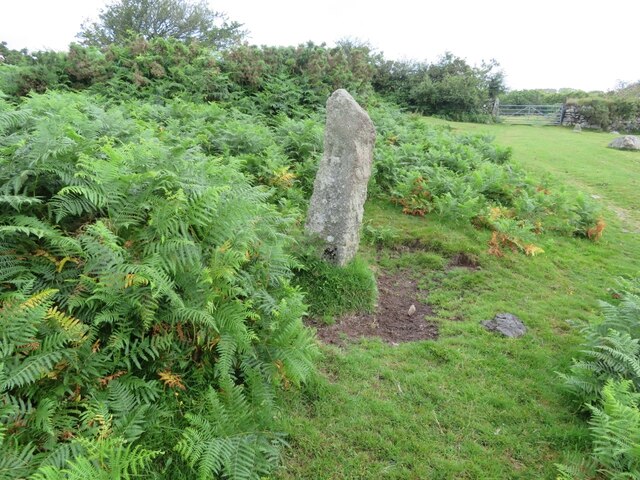
Trehudreth Downs is a captivating area located in Cornwall, England. Sprawling across acres of picturesque landscape, it is a haven for nature enthusiasts and hikers alike. The downs are characterized by their undulating hills and open grassland, offering breathtaking panoramic views of the surrounding countryside.
Situated in the heart of Bodmin Moor, Trehudreth Downs is known for its rugged beauty and unspoiled wilderness. The area boasts a diverse range of flora and fauna, including heather, gorse, and various species of birds and butterflies. Visitors can expect to encounter grazing livestock, such as sheep and ponies, adding to the charm and authenticity of the location.
The downs offer a multitude of walking trails, catering to all levels of ability. From leisurely strolls to more challenging hikes, there is something for everyone. The landscape is dotted with ancient monuments and archaeological sites, providing a glimpse into the area's rich history and cultural heritage.
Trehudreth Downs is a peaceful retreat, far away from the hustle and bustle of city life. Its remote location offers a sense of tranquility and solitude, making it an ideal spot for those seeking a break from their daily routines. The downs are also a popular spot for stargazing, thanks to minimal light pollution, allowing visitors to marvel at the vastness of the night sky.
Overall, Trehudreth Downs is a stunning moorland area that showcases the natural beauty of Cornwall. With its diverse landscape, abundant wildlife, and peaceful atmosphere, it is a must-visit destination for nature lovers and anyone looking to immerse themselves in the charm of the English countryside.
If you have any feedback on the listing, please let us know in the comments section below.
Trehudreth Downs Images
Images are sourced within 2km of 50.525768/-4.6477002 or Grid Reference SX1272. Thanks to Geograph Open Source API. All images are credited.

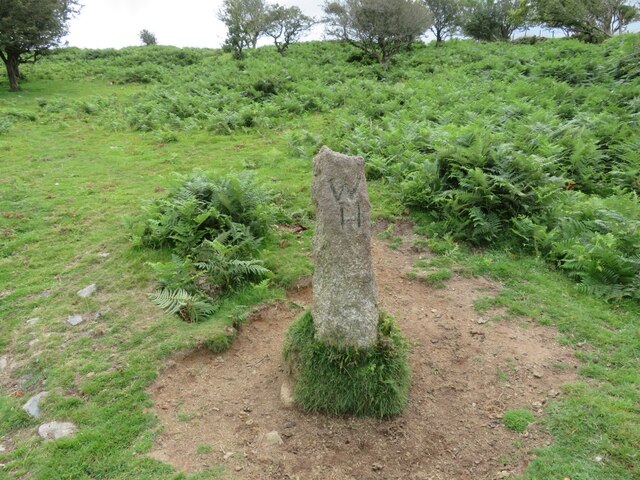
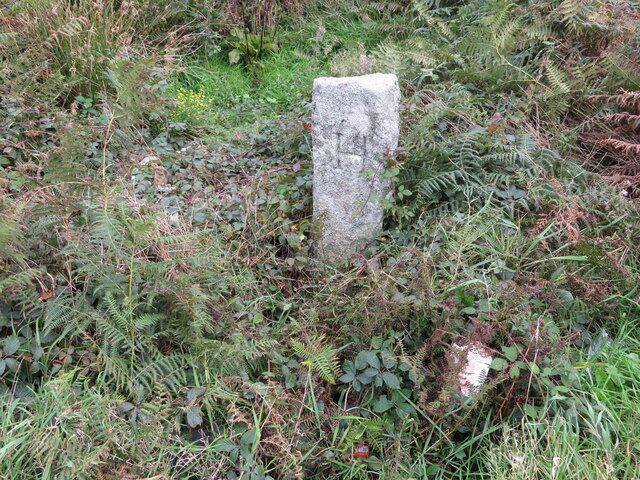
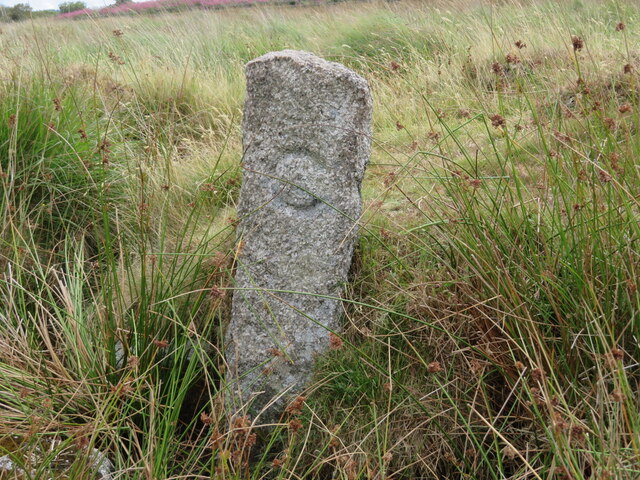
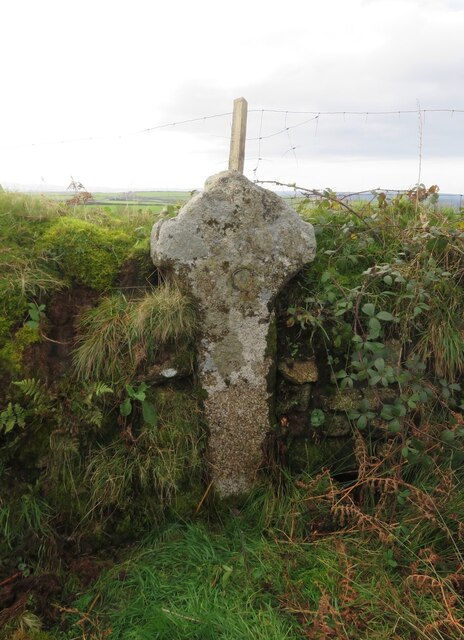
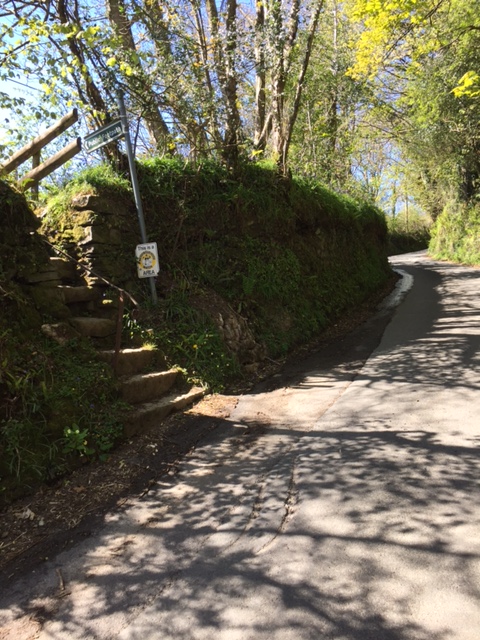
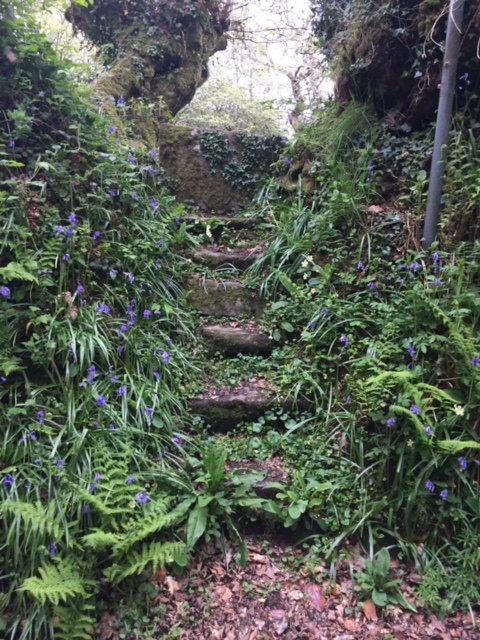
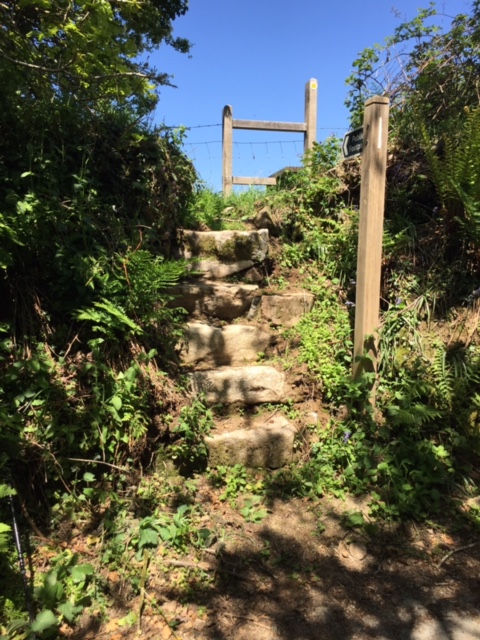
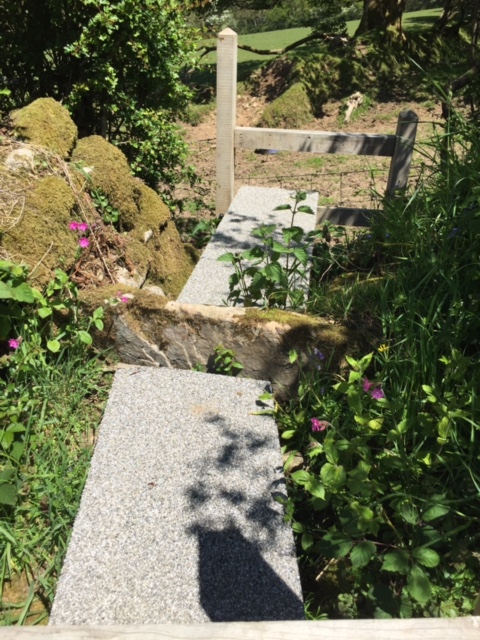
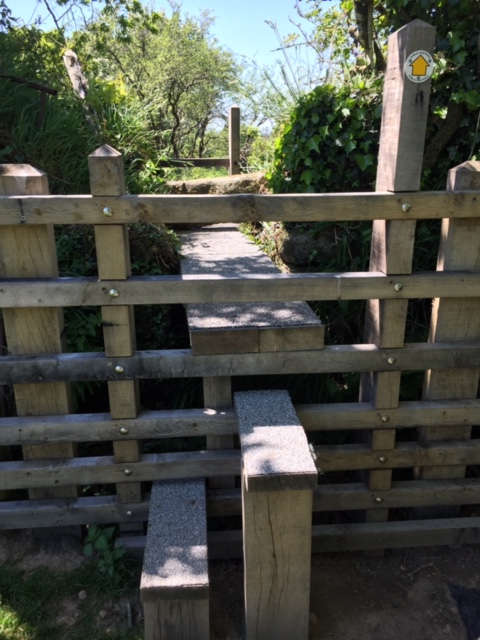
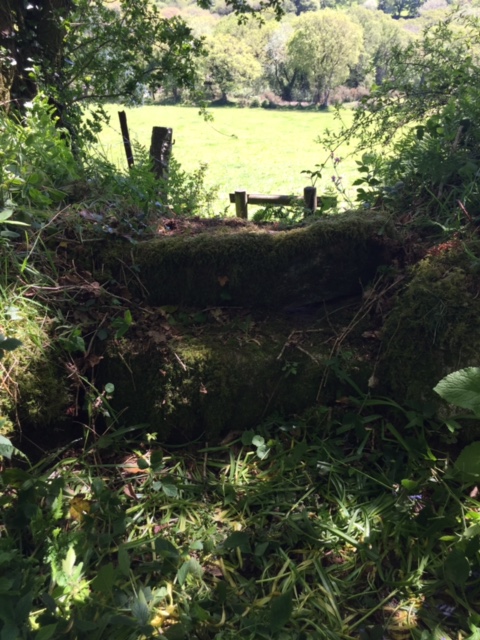
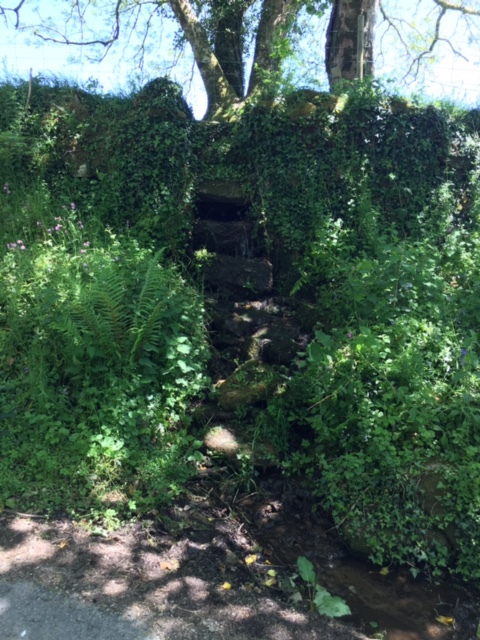
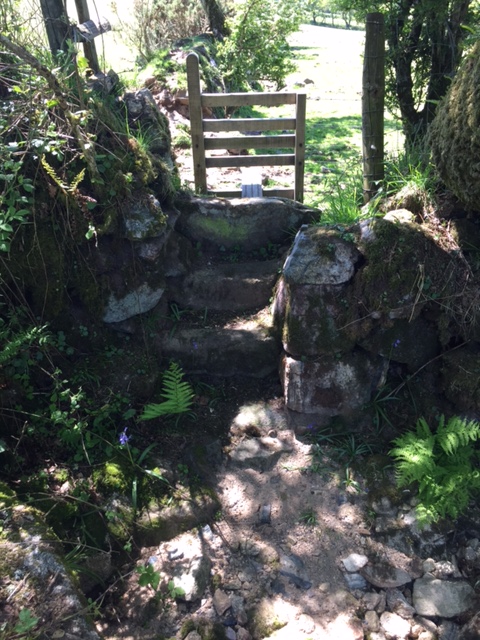
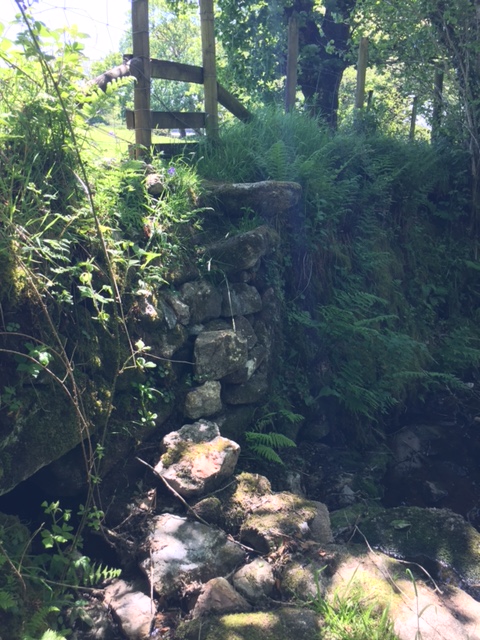
Trehudreth Downs is located at Grid Ref: SX1272 (Lat: 50.525768, Lng: -4.6477002)
Unitary Authority: Cornwall
Police Authority: Devon and Cornwall
What 3 Words
///worm.reset.respected. Near Helland, Cornwall
Nearby Locations
Related Wikis
Temple, Cornwall
Temple (Cornish: Tempel) is a small village and former civil parish, now in the parish of Blisland, on Bodmin Moor, in the Cornwall district, in the ceremonial...
Trippet stones
The Trippet stones or Trippet stones circle is a stone circle located on Manor Common in Blisland, 9 kilometres (5.6 mi) north northeast of Bodmin on Bodmin...
Jubilee Rock
Jubilee Rock is a Grade II listed large rock on Pendrift Downs in the parish of Blisland, Cornwall, England. On the north side is carved the Falmouth...
Blisland
Blisland (Cornish: Blyslann) is a village and civil parish in Cornwall, England, United Kingdom. It is approximately five miles northeast of Bodmin. According...
Nearby Amenities
Located within 500m of 50.525768,-4.6477002Have you been to Trehudreth Downs?
Leave your review of Trehudreth Downs below (or comments, questions and feedback).
